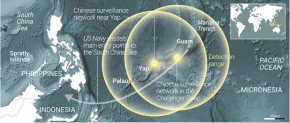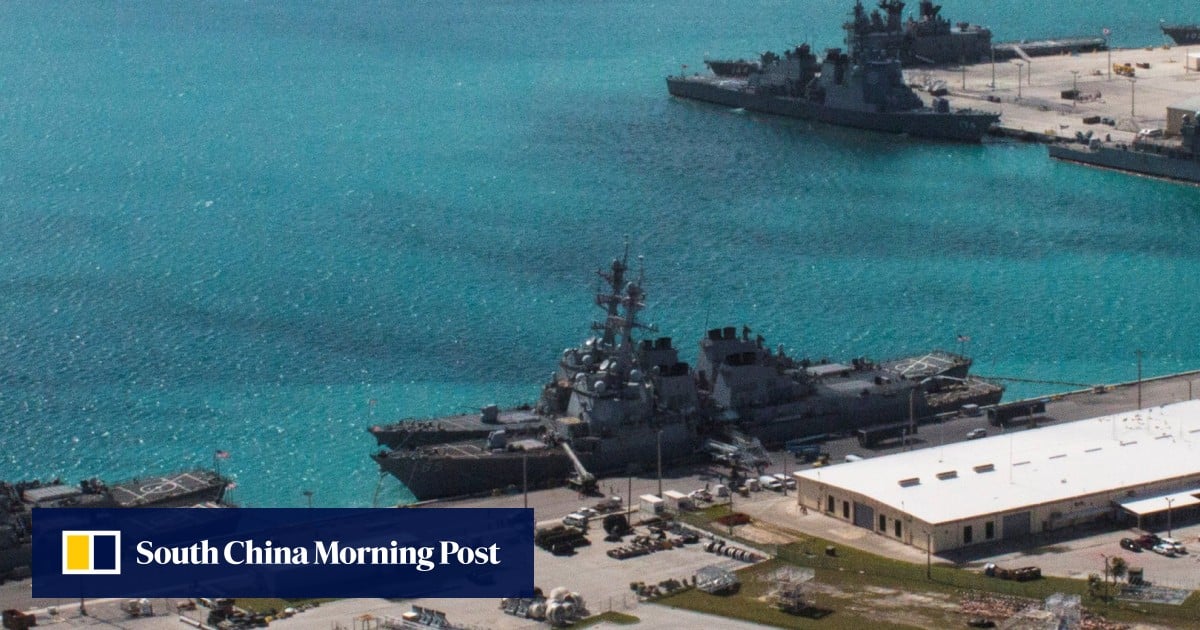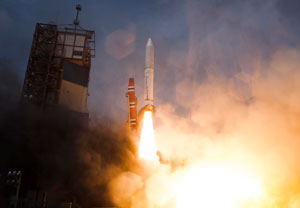Unclassified wargame of hypothetical invasion of Taiwan published yesterday:
The First Battle of the Next War: Wargaming a Chinese Invasion of Taiwan | Center for Strategic and International Studies (csis.org)
As part of the launch, the report was discussed by a panel of 3:
Report Launch―The First Battle of the Next War: Wargaming a Chinese Invasion of Taiwan - YouTube
24 runs, using different assumptions. All scenarios assume invasion starts in 2026. Unclassified information about systems were used.
Main conclusions:
1. China would fail in invading Taiwan provided 4 key assumptions were met (see below)
2. All parties (China, Taiwan, US, Japan) would suffer horrible losses and take a long time to recover, in all scenarios. In that sense "nobody wins" and definitely not China.
Key assumption to defeat China:
1. Taiwanese forces must hold the line -- some invaders are bound to make it to the island, these need to be contained. And Taiwan must do their part in stopping invading forces
2. Taiwan must be supplied before invasion starts -- "Ukraine model" cannot work due to Chinese blockade
3. The US must be able to use Japanese bases
4. The US must strike quite soon after the invasion, using massive amounts of long-range cruise missiles
As you would expect, survivability of surface vessels and fixed installations are quite low. In most scenarios 90% of aircraft losses happened on the ground - this makes the report conclude (erroneously in my mind) that a large number of somewhat cheaper 4. gen aircraft may be beneficial to 5. gen, since a/c are lost on the ground not in the air. In any cases dispersion and building fortified hangars should be key.
There are several weaknesses of this wargame course -- one obvious is that it ends after 3 to 4 weeks, whereas "in reality" if an invasion were to happen, it would most likely last for a long time. So perhaps one way of looking at it is that if the 4 assumptions listed above are met, it will become clear after 3-4 weeks that China will not succeed in invading Taiwan.
One should never underestimate the opponent, however, Russia's botched invasion of Ukraine shows that it's certainly not difficult to overestimate the enemy. I may be wrong, but my "gut feeling" is that this wargame is overestimating the capabilities of China, and perhaps underestimating the capabilities of the US and Japan. And it's clear that Taiwan definitely need to pull their act together and start building a much stronger, asymmetric defence.
Don't miss out on the discussion linked to above -- interesting points from several of the panelists.






